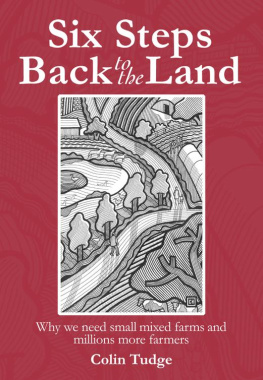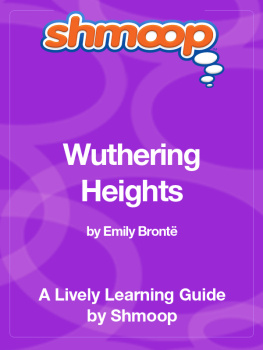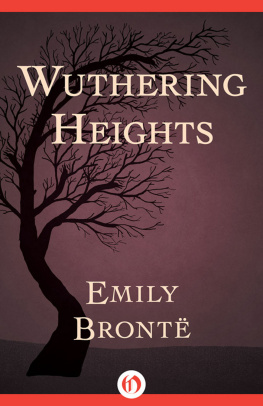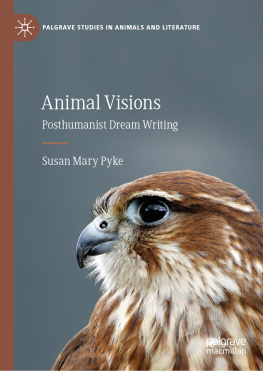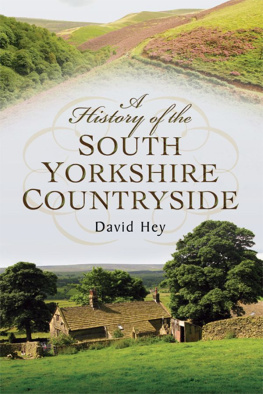The right of Steven Wood and Peter Brears to be identified as the Authors of this work has been asserted in accordance with the Copyrights, Designs and Patents Act 1988.
All rights reserved. No part of this book may be reprinted or reproduced or utilised in any form or by any electronic, mechanical or other means, now known or hereafter invented, including photocopying and recording, or in any information storage or retrieval system, without the permission in writing from the Publishers.
British Library Cataloguing in Publication Data.
A catalogue record for this book is available from the British Library.
Typesetting by Amberley Publishing.
Printed in the UK.
Steven Wood and Tony Robinson at Top Withins. (Photograph Wildfire Television / Channel 4)
PREFACE
In June 2014 I was in Yorkshire for a new series of Walking Through History. The episode I was filming told the story of the Bront sisters from their births in Thornton to their final resting place in Haworth. The highest and most remote part of my walk was on Stanbury Moor around Top Withins, the supposed site of Emily Bronts Wuthering Heights.
There I spoke to Haworth historian Steven Wood about the lives of the farmers on that wild moorland farm. He was able to tell us far more than we could possibly use in our programme. For instance, our director was particularly interested to discover that the Withins had principally been dairy rather than sheep farms, but that bit of the interview fluttered down to the cutting room floor.
Steven later sent us lots of old photographs and maps for the programme. Among the pictures we simply didnt have time to include were some wonderful drawings of the interior of Top Withins as it was in the Bronts time. These were drawn by Peter Brears, a leading authority on past domestic life.
I was very pleased when I found out that Steven and Peter were going to write a book about the Withins farms. It tells the full story of the three little hill farms at Withins and the people who lived and worked there, and is richly illustrated with splendid old photographs and maps and Peter Brears fascinating drawings of Top Withins as it used to be. This book will delight anybody who is interested in the history of the Yorkshire Pennines or who loves Emily Bronts Wuthering Heights.
Tony Robinson
January 2015
INTRODUCTION
Every year thousands of local and international visitors to Haworth and Brontland follow the 3-mile moorland track up to Top Withins, the ruined farmhouse popularly believed to be the original Wuthering Heights of Emily Bronts dramatic novel. To perform this pilgrimage has become an essential rite of passage for all Bront enthusiasts. This route passes through some of the most characteristic of South Pennines landscapes, an area of high heather moorland and rough pastures enclosed by miles of drystone wall. Seeing nothing more than the few remaining sheep, they gain the impression that this had always been an area of bleak, unproductive desolation, nothing either in the landscape or in any available literature suggesting any previous period of prosperity. However, nothing could be further from the truth, for this area was a highly important production centre for the international textile trade for over 300 years.
This book, the first in-depth study of an upland South Pennine community, brings together the widest variety of sources to present a detailed account of its social, agricultural and domestic life, along with its distinctive vernacular architecture and material culture. Originally colonised as an island enclosure completely surrounded by the moors by the 1560s, the Withins flourished from the income generated by the dual economy of wool and dairy farming supported by the production of sheep, poultry, a few pigs and crops such as oats, largely for home consumption. The resources of the moors were also exploited: stone for buildings, peat and coal for fuel, and the copious springs of soft water for domestic and wool-processing purposes.
In the following chapters the history, development and use of each of the farmsteads is explored, these descriptions enabling the technical progress of wool preparation and weaving to be traced from one century to another. This will be particularly useful to industrial archaeologists and anyone wanting to understand the local textile industry, since it explains many of its confusingly complex processes in simple terms. By combining the evidence of the moors ruined farmhouses, early drawings, photographs, probate inventories and various other sources, it has been possible to recreate a number of their interiors and explain all manner of fascinating features of the domestic life lived within them.
Unlike many other studies of this kind, a vast amount of archival research has been undertaken to follow the family histories of all those who lived on the moor. This not only explains their interrelationships, but follows their removals from one farm to another, and their changing occupations, especially during the gradual transfer from domestic to mill or factory textile production from the middle of the nineteenth century. The story of Timmy Feather, the last of the areas traditional handloom weavers, forms a particularly apposite and poignant conclusion to the history of this formerly essential industry. It also follows the depopulation of the landscape, partly due to the decline of handloom weaving, and partly to the banning of cattle from the catchment areas of the new waterworks serving the ever-growing demands of the towns further downstream.
All this will appeal to the general reader interested in the social, industrial and landscape history of the South Pennines and Brontland. However, it will be especially revealing and enlightening to both seasoned locals and once-in-a-lifetime international Bront enthusiasts. For their benefit the walk they usually follow has been developed to run from the village of Stanbury (terminus of a convenient bus service from Keighley and Haworth) up to Top Withins or Wuthering Heights, and down the South Dean Beck by the Bront Bridge, Bront Waterfall and Bront Seat, back to Haworth. By describing over two dozen farms and numerous other features along its 6-mile route, it reveals the long-hidden stories of the moorlands, transforming their current image as a depopulated, infertile waste into one filled with families actively engaged in successfully earning their livings from its fruitful resources.


